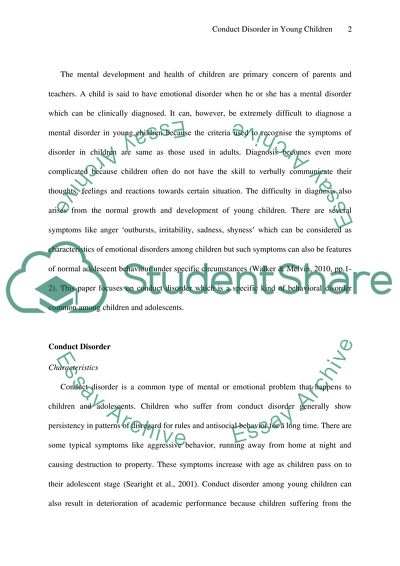Cite this document
(“Conduct Disorder in Young Children Research Paper”, n.d.)
Retrieved from https://studentshare.org/education/1395964-conduct-disorder-in-young-children
Retrieved from https://studentshare.org/education/1395964-conduct-disorder-in-young-children
(Conduct Disorder in Young Children Research Paper)
https://studentshare.org/education/1395964-conduct-disorder-in-young-children.
https://studentshare.org/education/1395964-conduct-disorder-in-young-children.
“Conduct Disorder in Young Children Research Paper”, n.d. https://studentshare.org/education/1395964-conduct-disorder-in-young-children.


